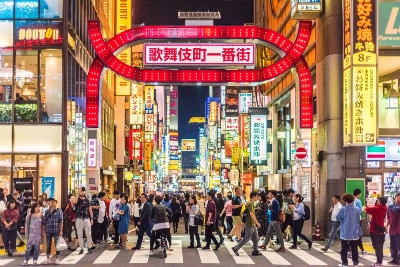For decades, integration into the global trading system has been vital to economic growth and development. Now, however, integration implies vulnerability, as powerful actors — beginning with the United States — wield tariffs, export restrictions and financial sanctions. For Southeast Asia, this turn of events represents both a warning and a call to action: countries must work together to shape their own destiny – or others will decide their fate for them.
As it stands, the 11-member Association of Southeast Asian Nations’ potential as an integrated production system and consumer market remains largely untapped. Internal trade accounts for less than a quarter of ASEAN’s total trade — far below the roughly 60% in the European Union and even the 45% in North America under the United States-Mexico-Canada Agreement. This lack of integration amounts to a major structural weakness, as investors continue to view Southeast Asia as a collection of individual markets, not a single economic bloc.
The costs of going it alone are mounting. As the world’s major powers weaponize trade and technology flows and use industrial subsidies to distort the competitive landscape, smaller economies have few options for protecting their interests. Southeast Asian countries’ vulnerability has been on stark display during bilateral trade negotiations with U.S. President Donald Trump’s administration, during which leaders have often had little choice but to make significant concessions.


















With your current subscription plan you can comment on stories. However, before writing your first comment, please create a display name in the Profile section of your subscriber account page.